Bristol Sycamore Royal Air Force RAF
Production Time 9 to 10 weeks
Shipment is by FedEx, UPS or DHL International Express Courier with a normal door-to-door delivery time worldwide of within 2-3 business days after dispatch. Due to the current volatility of world fuel prices, the amount mentioned here is our best estimate for DHL and UPS and may be subject to change at the time of shipping.

Model Description: Bristol Sycamore Royal Air Force RAF Wood Replica Scale Custom Model Aircraft
Manufacturer: Bristol
Rotor Diameter: 12.7 Inches (32.3 Centimeters)
Height: 3.6 Inches (9.1 Centimeters)
Scale: 1:46
Registration: WV783
$239.50
Production Time 9 to 10 weeks
-
United States dollar ($)
-
Pound sterling (£)
-
Euro (€)
-
Australian dollar ($)
-
Canadian dollar ($)
-
Singapore dollar ($)
-
Swiss franc (CHF)
-
Japanese yen (¥)
-
Danish krone (kr.)
-
Hong Kong dollar ($)
-
Norwegian krone (kr)
-
Swedish krona (kr)
-
United Arab Emirates dirham (د.إ)
General Product Description
Our PlaneArts Bristol Sycamore Royal Air Force RAF model exhibits unique, unrivaled quality and detailed design to come as close as possible to the accuracy of the actual aircraft. It comes as standard with a robust, durable base or stand which is available in a variety of different finishes designed to match your own personal requirements including solid wood, wood with polished metal supports or adjustable wood wall mount and will be ready within about 9-10 weeks from placement of order.
The Bristol Sycamore Royal Air Force RAF model is made of the finest kiln dried renewable mahogany wood (commonly known as Lauan or Meranti) which has undergone many stages of carving and meticulous and careful sanding giving the beautiful, finished museum quality masterpiece. Many collectors and model connoisseurs demonstrate their preference for genuine handmade and hand painted mahogany wood models rather than plastic or die cast (diecast) alternatives due to the overall look and totally different feel of the item - we trust you will find the same. We can however, if required produce the same model in Solid Cast Resin so just click and contact us for further information. Our craftsmen and gifted artisans ensure that our finely handcrafted model airplanes match the precise blueprint details of the original aircraft. The paint scheme, markings and parts are closely matched, reflecting the original aircraft. This stylish top-quality desktop replica model will surely enthrall anyone who receives this as a gift and for sure one of the most appropriate and desirably collectable gifts for any aviation enthusiast and avid helicopter model collector whilst also displaying a perfect resemblance to the actual real life heli.
If you require, we can also make the Bristol Sycamore Royal Air Force RAF model in any other airline, private livery or colour scheme you require and if necessary, in a different size or scale. Just click here to contact us with a description or photographs of what you require, and we will let you have a quotation for the necessary customization by return email. We can also make bespoke scale replicas of any other private / civil commercial airliner or airliners, helicopter, glider, gliders with engines, military jet, warplane jets, propeller warplanes, biplane, triplane, tail fin, spacecraft, rocket or NASA model you require in any airline, military or civilian livery or colors. We also produce model airships, blimp, dirigible, blimps, boat and ship collectibles. Wall plaque or seal for military, government or private customers. Again, by clicking here to contact us just let us know exactly what you need.
The Bristol Sycamore: A Trailblazer of the RAF’s Rotary Wing Fleet
In the annals of British aviation history, the Bristol Sycamore holds a distinguished place as the Royal Air Force’s (RAF) first production helicopter to enter service. Designed and manufactured by the Bristol Aeroplane Company, the Sycamore was a pioneer, laying the groundwork for future rotary-wing aircraft within the RAF and beyond. Its versatility, durability, and innovative design not only marked a significant technological advancement but also showcased the potential of helicopters in military and civil operations. This article delves into the key features and historical significance of the Bristol Sycamore.
Design and Development:
The development of the Bristol Sycamore began in the late 1940s, a period marked by rapid advancements in aviation technology. The aircraft was the brainchild of the renowned Austrian engineer Raoul Hafner, who had joined the Bristol Aeroplane Company after World War II. The Sycamore was Britain’s answer to the growing interest in helicopters, which were seen as a solution to some of the limitations of fixed-wing aircraft, particularly in terms of vertical takeoff and landing capabilities.
The Sycamore featured a three-blade main rotor and a three-blade tail rotor, a design choice that contributed to its stability and control. It was powered by a single Alvis Leonides radial engine, which provided the necessary lift and power for its operations. The helicopter’s airframe was constructed using a mix of light alloy and steel, which offered a good balance between strength and weight.
Operational Use:
The Bristol Sycamore made its first flight in 1947, and by the early 1950s, it had entered service with the RAF. The Sycamore was primarily used for search and rescue (SAR) missions, light transport, and training purposes. Its ability to land and take off in confined spaces made it an invaluable asset for rescue operations, especially in remote or inaccessible areas.
One of the most remarkable aspects of the Sycamore’s service was its versatility. In addition to its military roles, it also saw civilian use, including crop spraying, passenger transport, and aerial surveying. This adaptability highlighted the potential of helicopters beyond military applications, paving the way for their widespread use in various sectors.
Legacy and Impact:
The Bristol Sycamore’s contribution to aviation cannot be overstated. It was the first British helicopter to receive a civil airworthiness certificate, and its design influenced subsequent helicopter developments. Although it was eventually superseded by more advanced models, the Sycamore’s legacy endures.
In total, over 180 Sycamores were built, serving in various branches of the British military as well as in foreign militaries, including those of Australia, Belgium, and Germany. The Sycamore was eventually retired from RAF service in the late 1970s, but several examples have been preserved and are on display in museums, testament to its enduring significance in the history of aviation.
The Bristol Sycamore exemplifies the spirit of innovation and the relentless pursuit of advancement that characterized the post-war era. As the RAF’s first production helicopter, it not only demonstrated the feasibility of rotary-wing aircraft but also expanded the horizons of aviation, offering new possibilities for both military and civilian use. Its pioneering design and versatile applications set a high standard for the helicopters that followed, securing its place in the pantheon of British aviation history.
| Weight | 4 kg |
|---|---|
| Dimensions | 16 × 12.7 × 3.6 in |
Be the first to review “Bristol Sycamore Royal Air Force RAF” Cancel reply
Similar Models
Helicopters
Military Airplanes - Propeller
Military Airplanes - Propeller
Military Airplanes - Propeller
Private & Civilian
Private & Civilian
Military Airplanes - Propeller
Military Airplanes - Propeller
Military Airplanes - Propeller
Military Airplanes - Propeller
Military Airplanes - Propeller
Military Airplanes - Propeller
Military Airplanes - Propeller
Military Airplanes - Propeller
Boats, Ships & Submarines
Boats, Ships & Submarines
Military Airplanes - Propeller
Military Airplanes - Propeller
Military Airplanes - Propeller
Military Airplanes - Jet
Military Airplanes - Jet
Military Airplanes - Jet
Military Airplanes - Jet
Military Airplanes - Propeller
Military Airplanes - Propeller
Military Airplanes - Jet
Military Airplanes - Jet
Military Airplanes - Jet
Military Airplanes - Jet
Military Airplanes - Propeller
Military Airplanes - Jet
Military Airplanes - Propeller
Military Airplanes - Propeller
Private & Civilian
Military Airplanes - Propeller
Military Airplanes - Propeller
Private & Civilian
Israel Aircraft Industries IAI-1124 Westwind TNT Air Couriers
Military Airplanes - Propeller
Military Airplanes - Jet
Military Airplanes - Jet
Military Airplanes - Jet
Military Airplanes - Jet
Military Airplanes - Propeller
Military Airplanes - Propeller
Military Airplanes - Jet
Military Airplanes - Jet
Military Airplanes - Jet
Military Airplanes - Jet
Military Airplanes - Propeller
Military Airplanes - Jet
Military Airplanes - Jet
Military Airplanes - Jet
Military Airplanes - Propeller
Military Airplanes - Propeller
Military Airplanes - Propeller
Military Airplanes - Propeller
Military Airplanes - Jet
Military Airplanes - Jet
Military Airplanes - Propeller
Military Airplanes - Jet
Private & Civilian
Military Airplanes - Jet
Military Airplanes - Propeller
Private & Civilian
Military Airplanes - Propeller
Military Airplanes - Jet
Military Airplanes - Propeller
Military Airplanes - Propeller
Military Airplanes - Propeller
Military Airplanes - Propeller
Military Airplanes - Propeller
Military Airplanes - Propeller
Military Airplanes - Jet
Military Airplanes - Jet
Private & Civilian
Military Airplanes - Jet
Military Airplanes - Jet
Helicopters
Helicopters
Military Airplanes - Propeller
Helicopters
Military Airplanes - Jet
Blackburn Buccaneer RAF 237 Operational Conversion Unit OCU Squadron
Military Airplanes - Propeller
Private & Civilian
Military Airplanes - Jet
Military Airplanes - Jet
BAe British Aerospace Hawk T.1 Mk.1 Royal Air Force RAF Red Arrows
Military Airplanes - Jet
Military Airplanes - Propeller
Military Airplanes - Propeller
Military Airplanes - Propeller
Military Airplanes - Propeller
Military Airplanes - Propeller
Military Airplanes - Propeller
Military Airplanes - Propeller
Military Airplanes - Propeller
Military Airplanes - Propeller
Private & Civilian
Private & Civilian
Helicopters
Private & Civilian

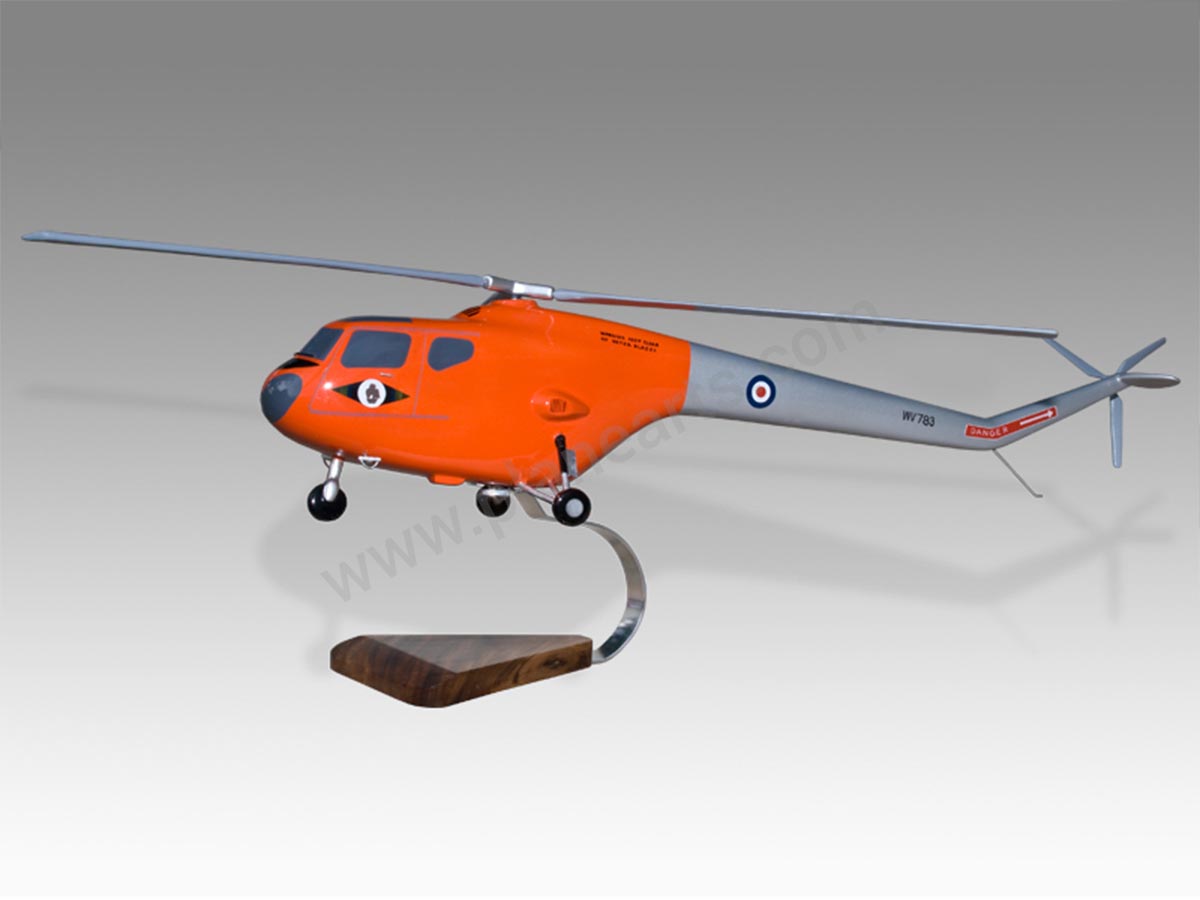
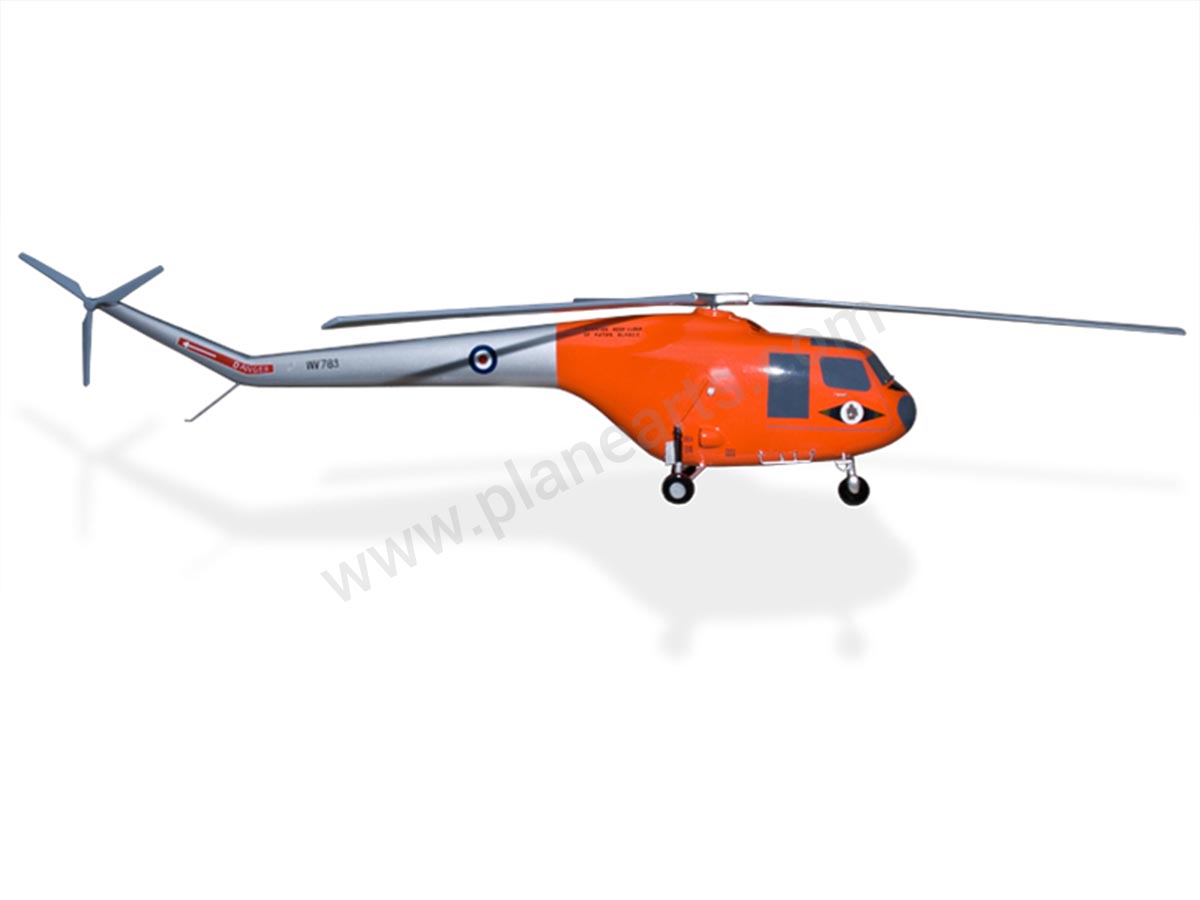
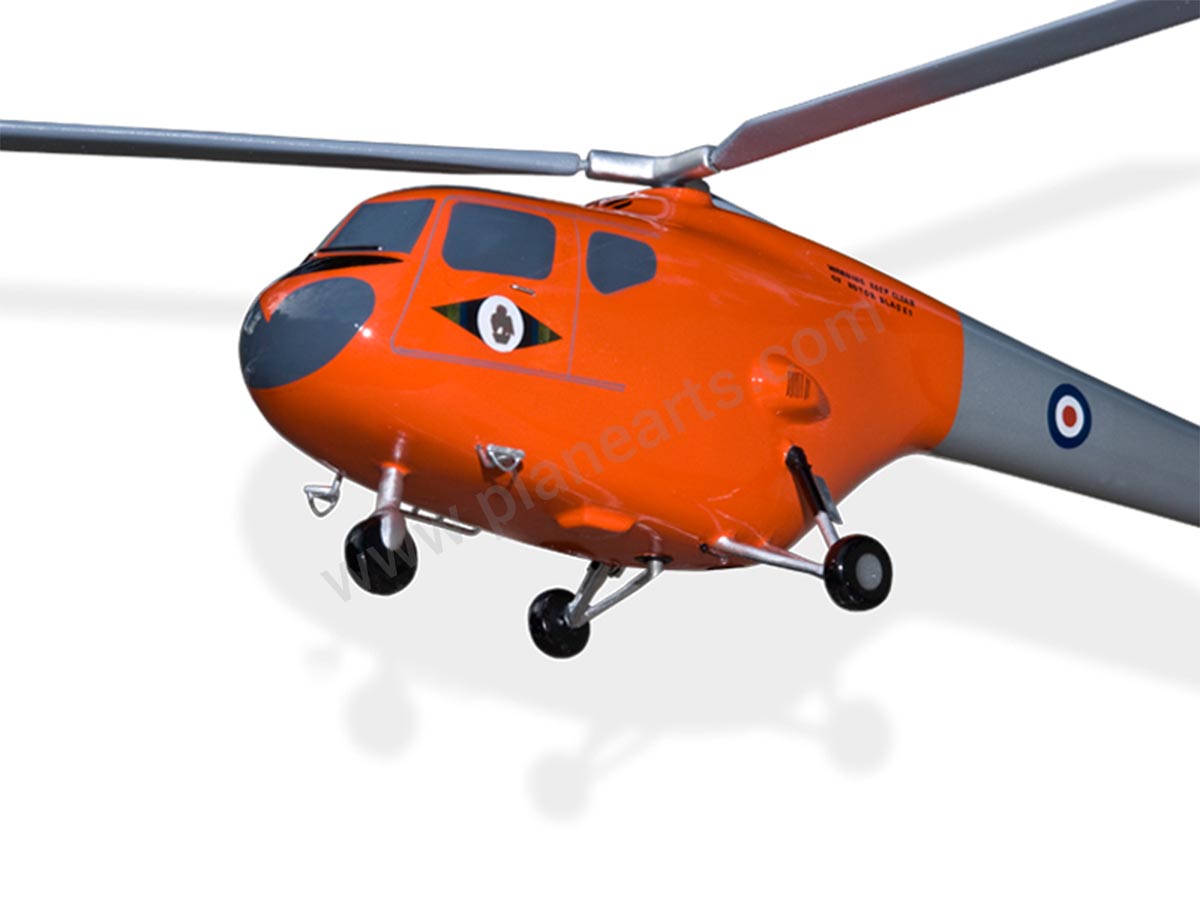

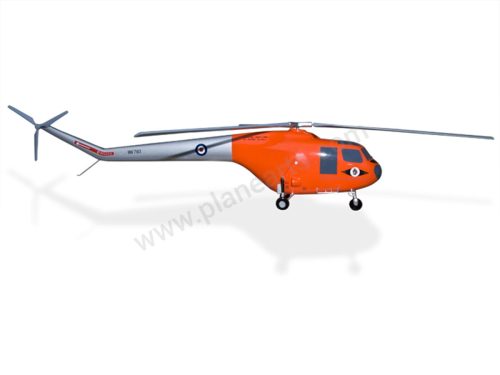
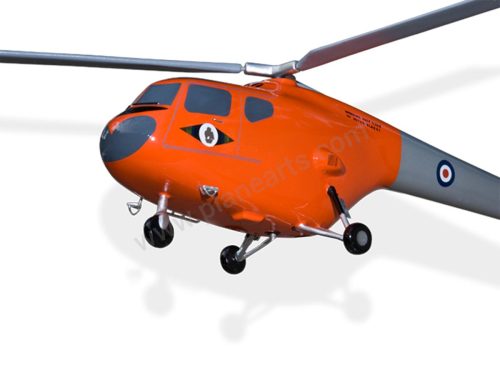
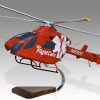

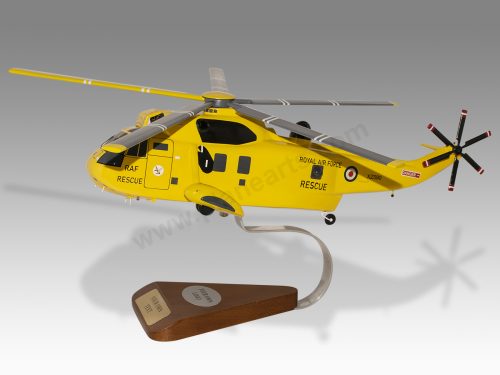
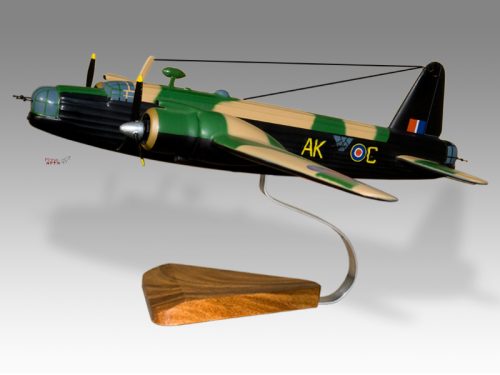

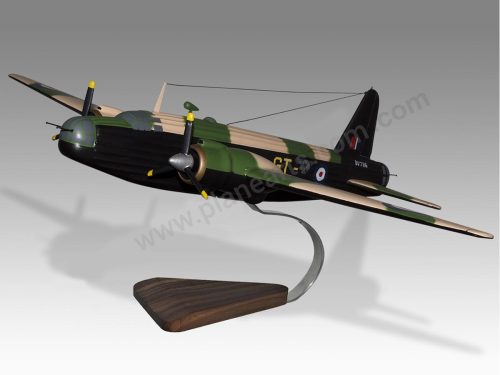

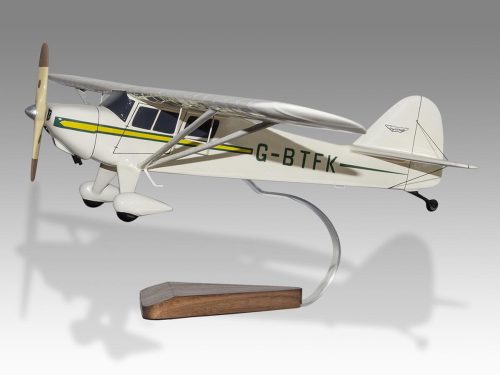
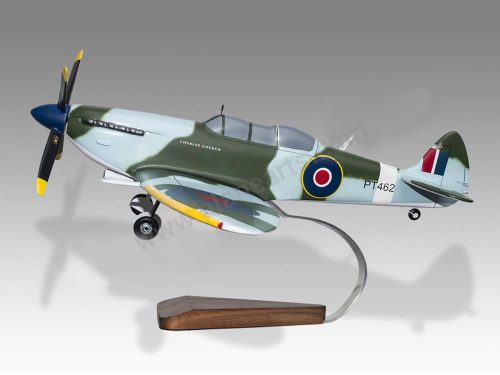
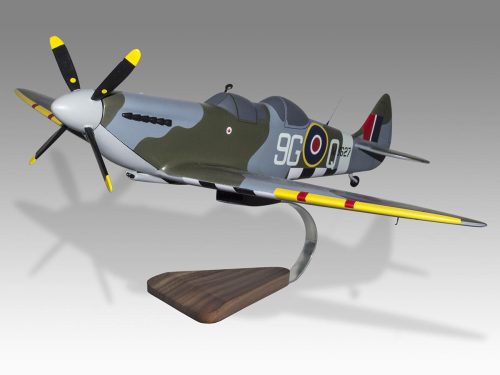
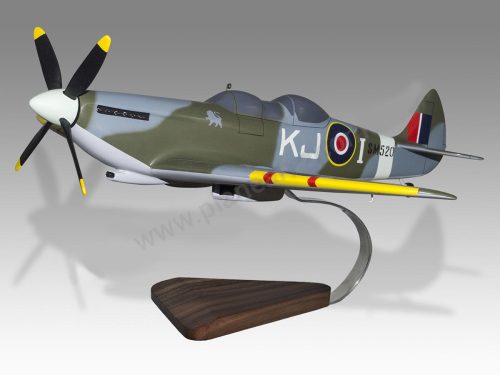
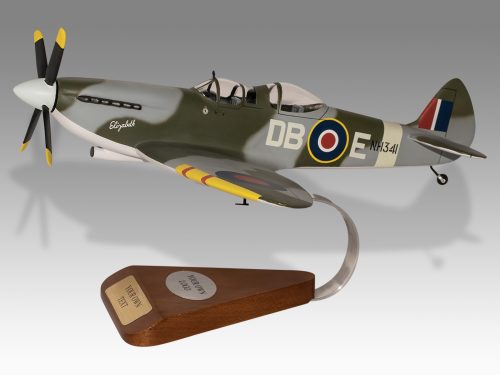
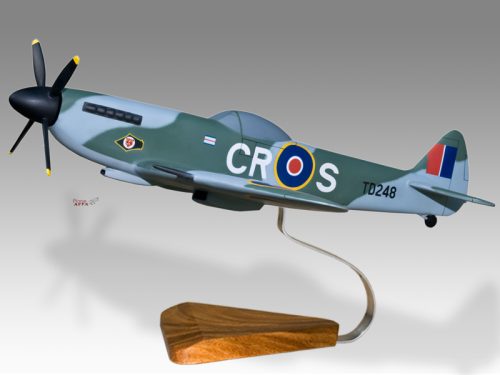
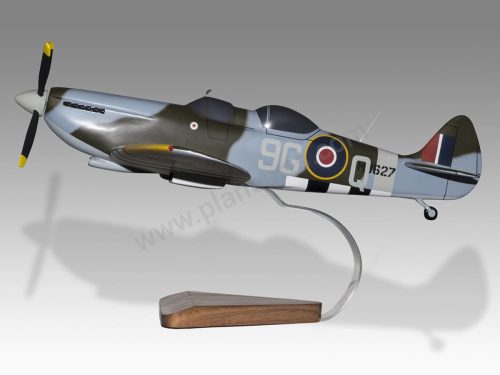
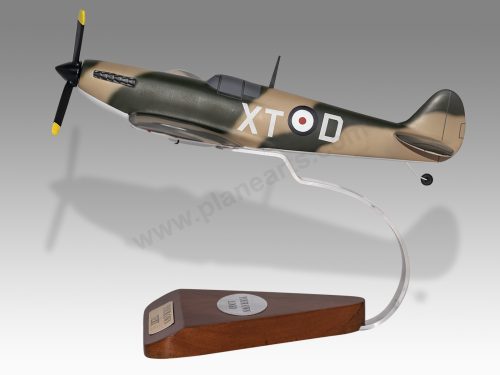
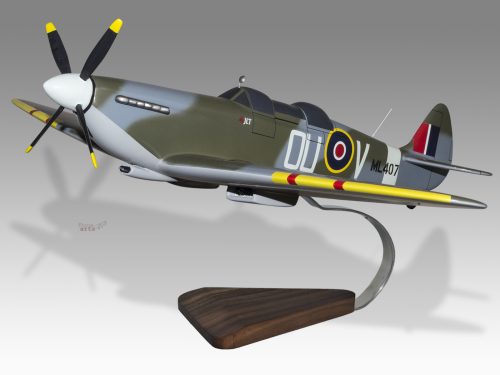




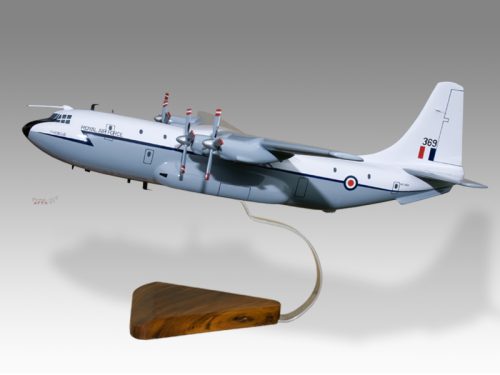

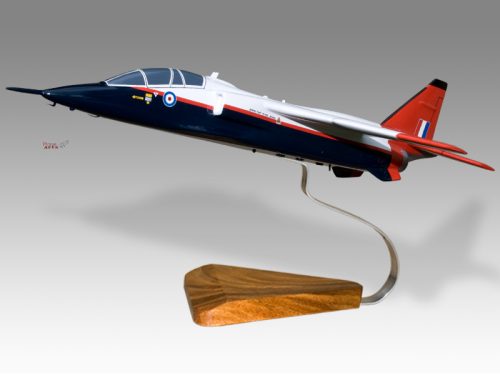
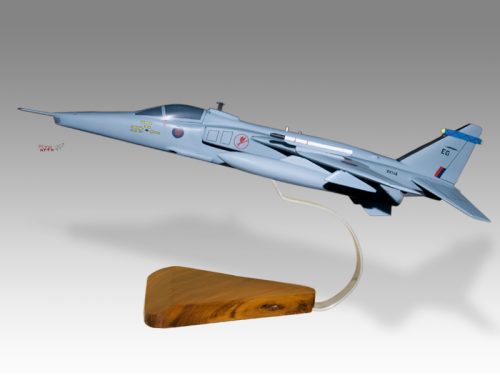
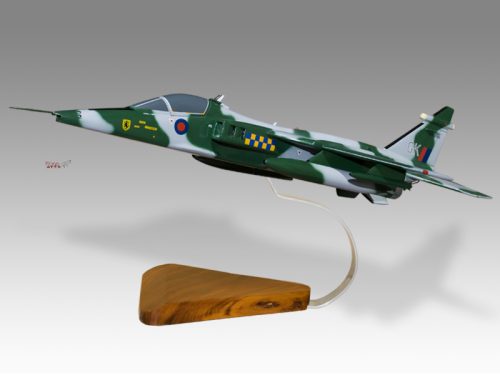
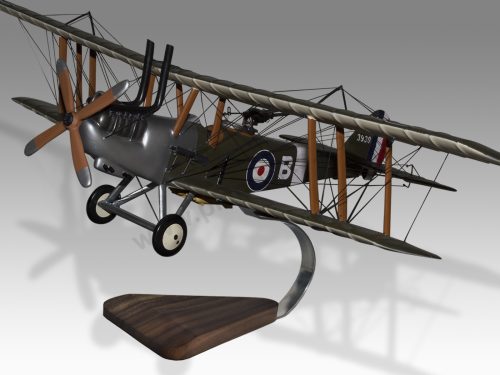
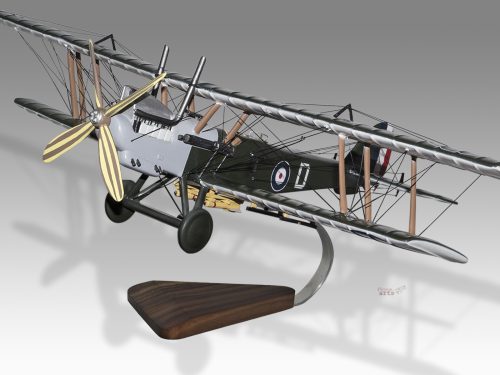
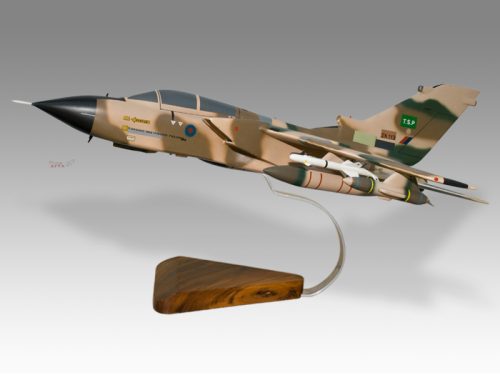
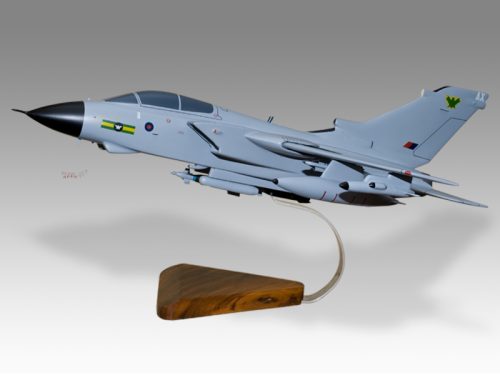
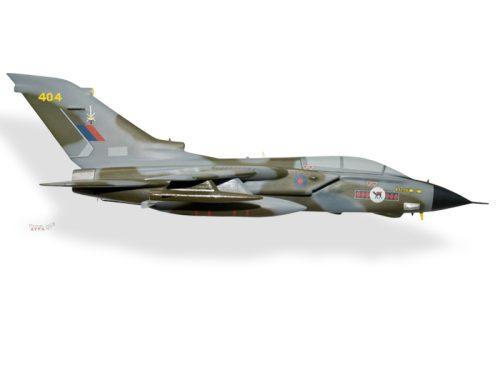
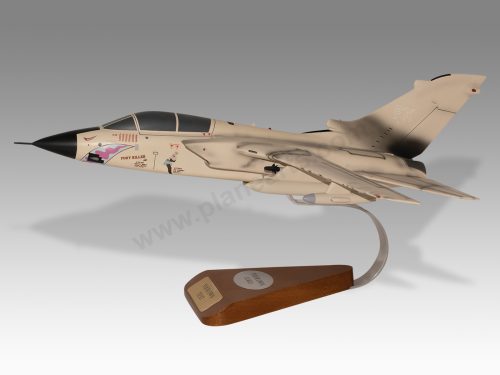
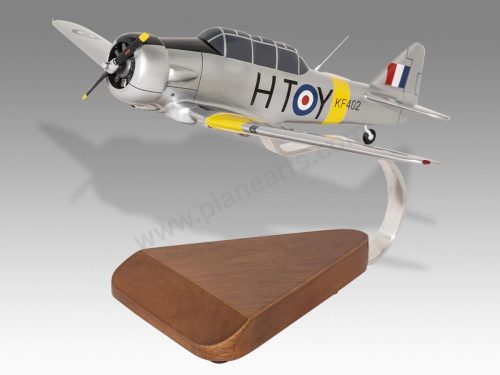

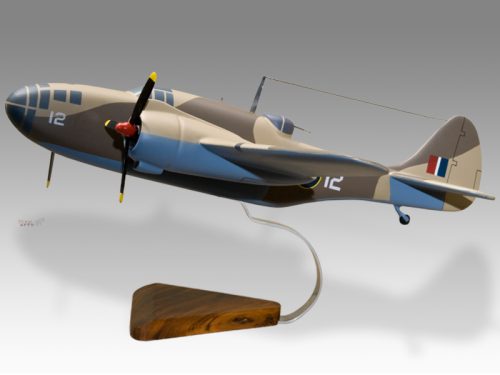
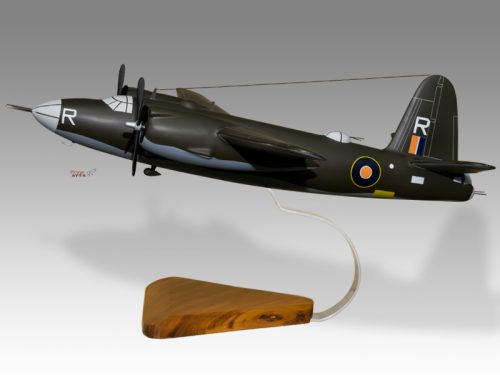

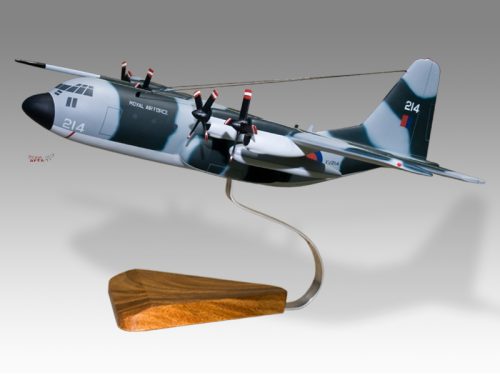



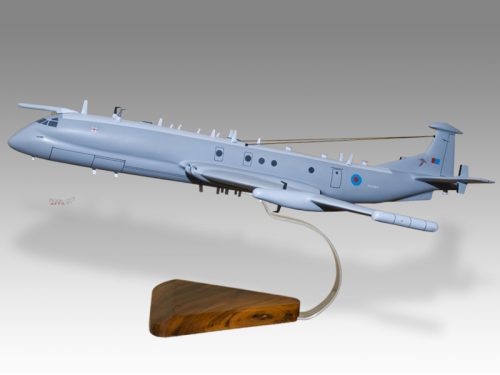
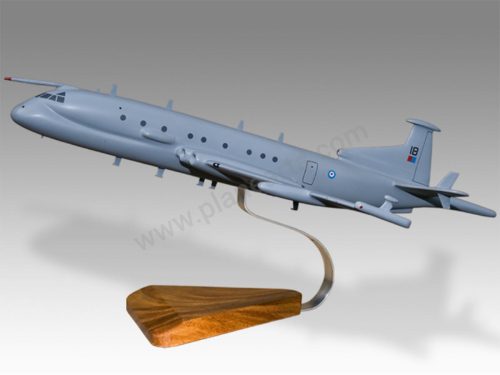


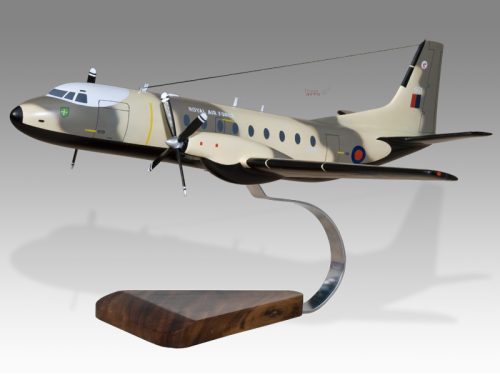


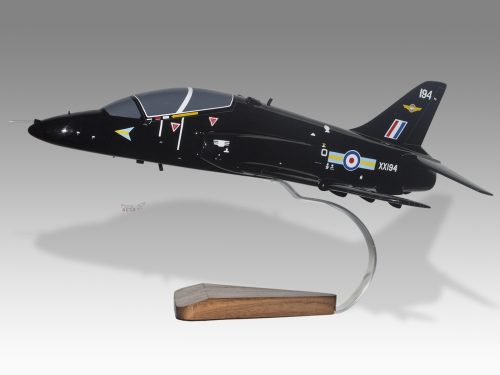
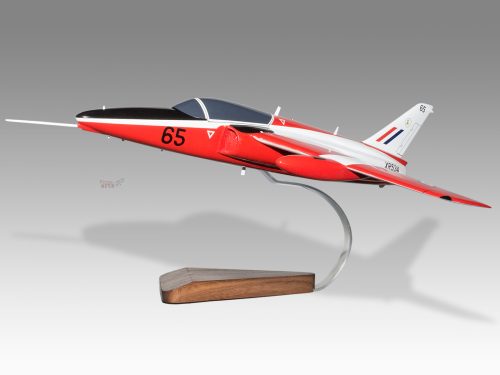
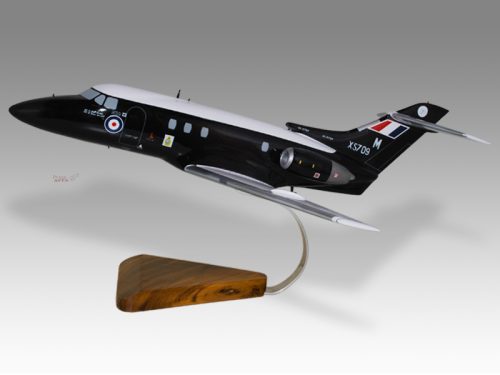
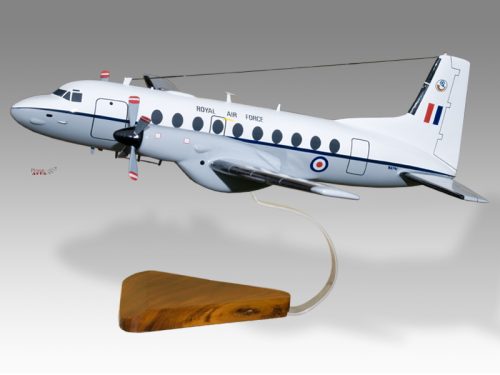
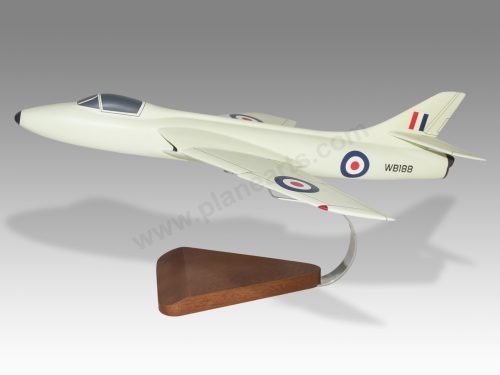
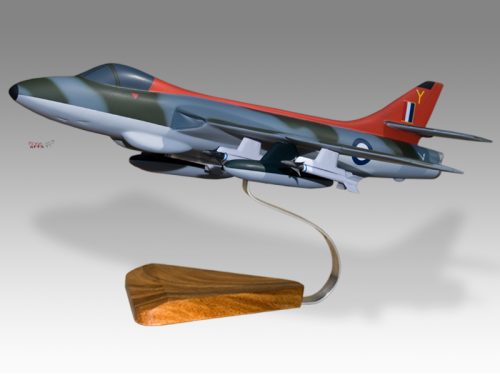

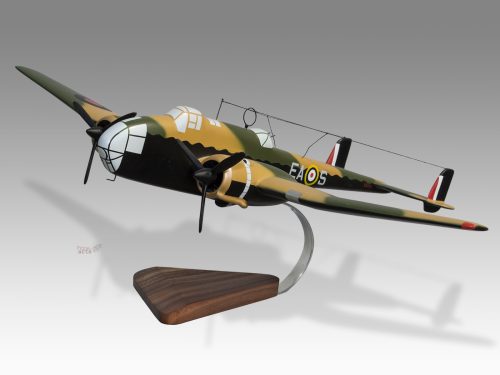

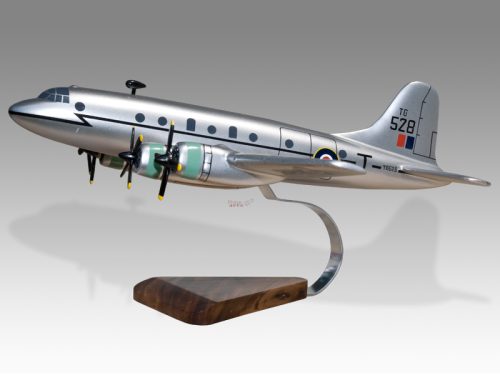
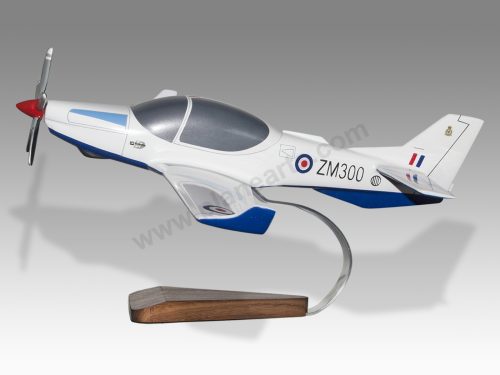

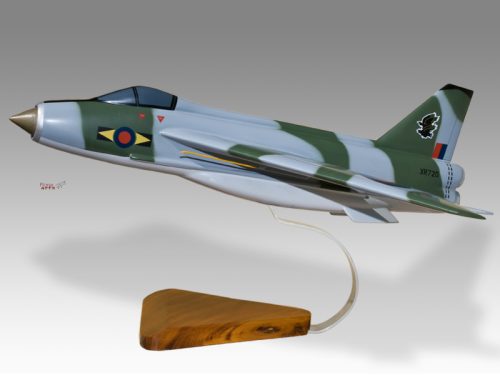


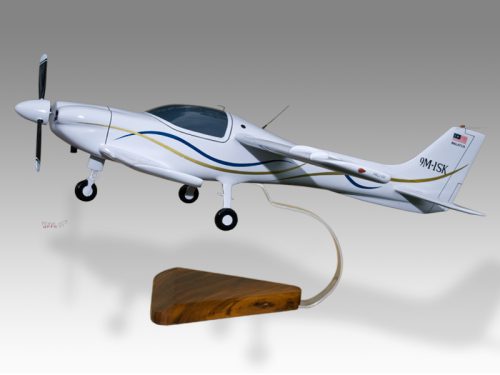
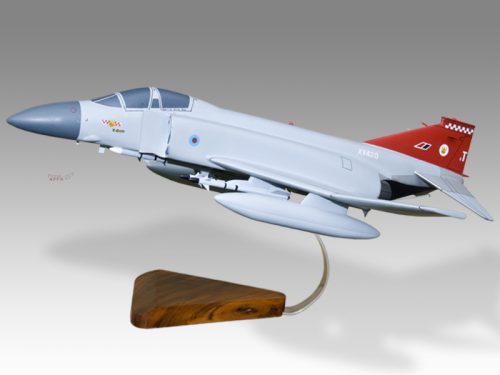
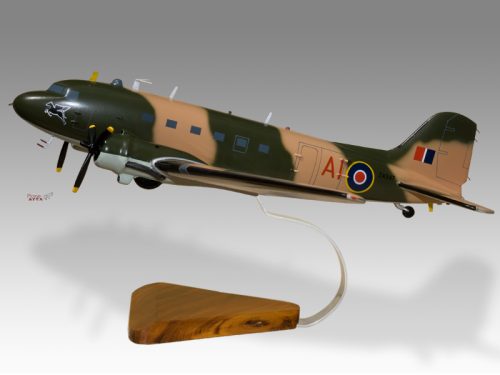

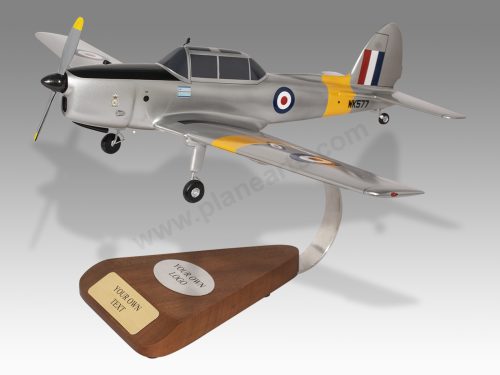
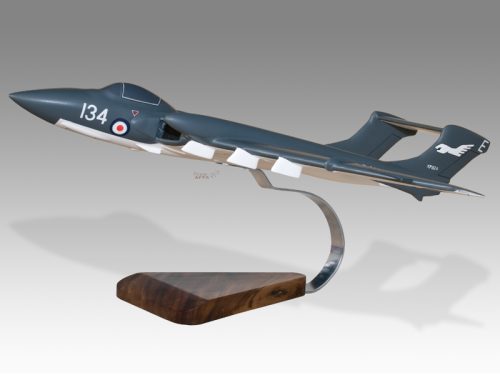
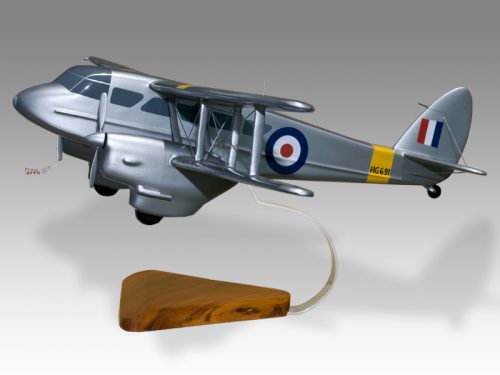
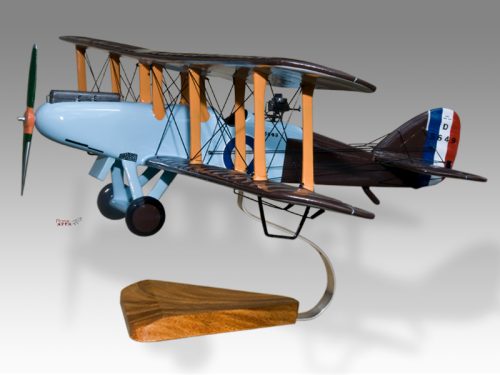
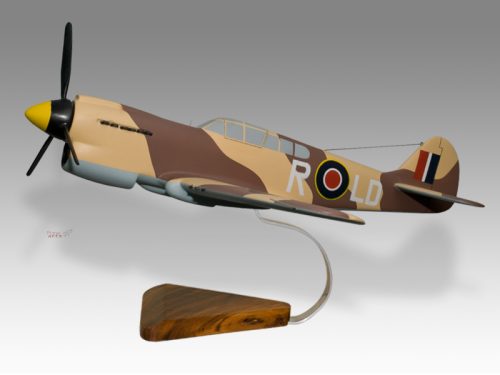

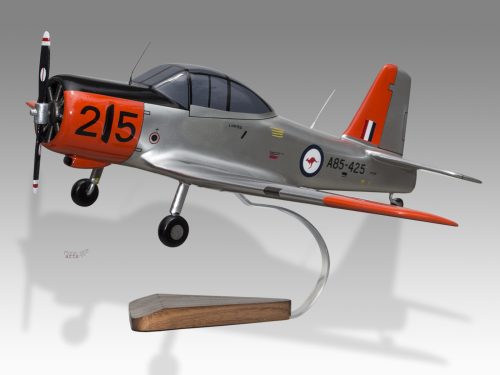

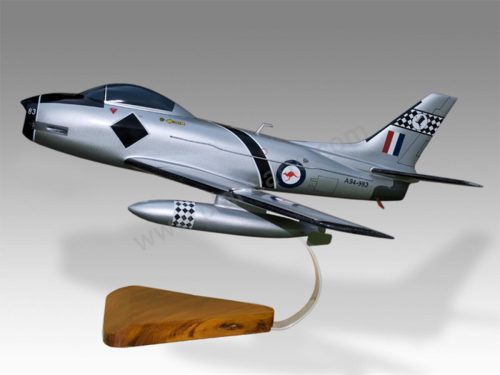
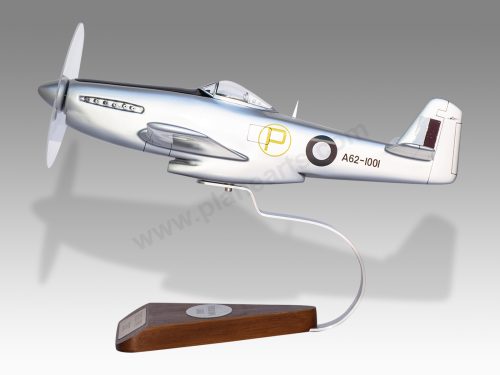
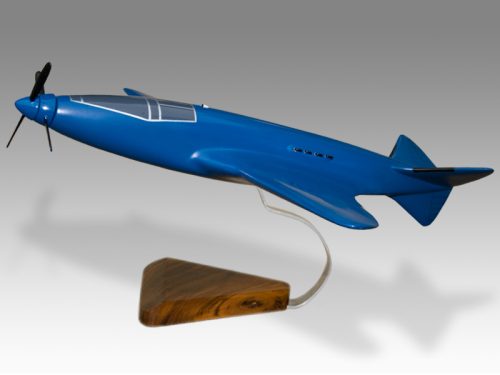
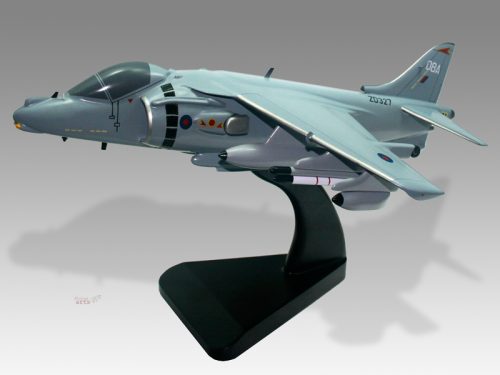
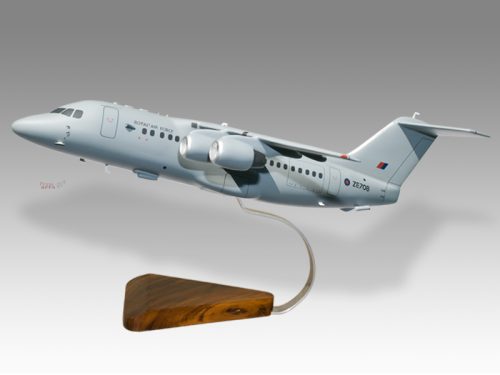
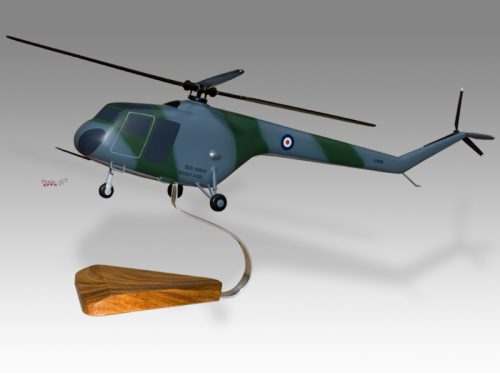
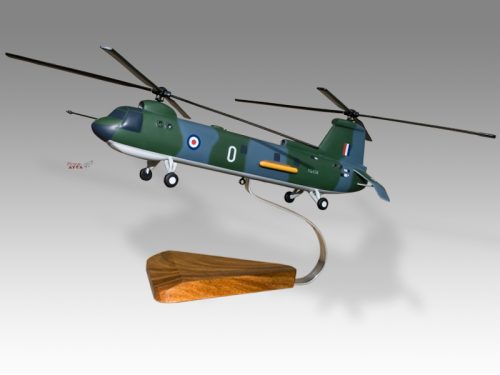

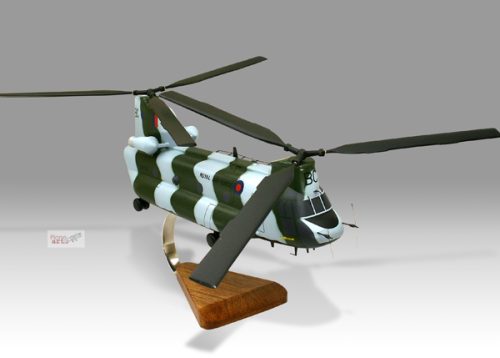
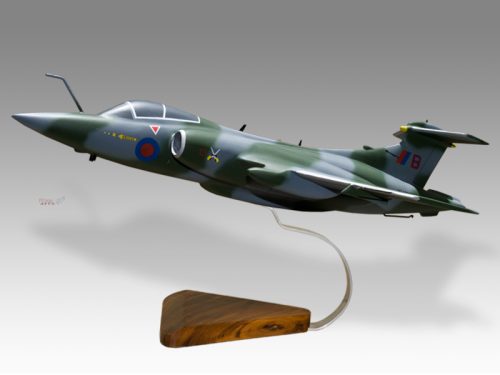
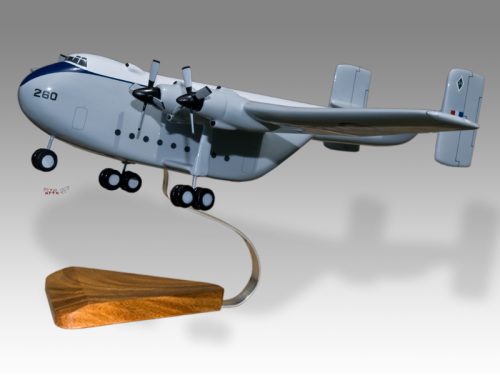
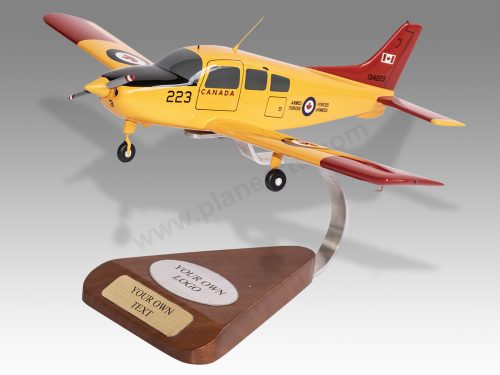
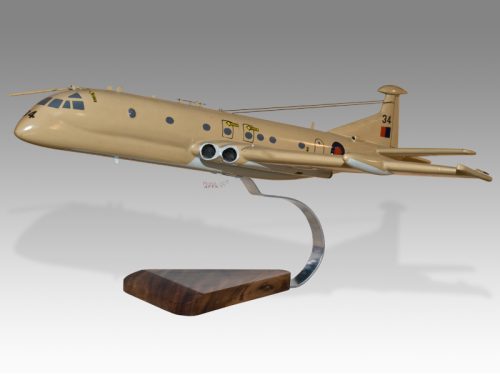

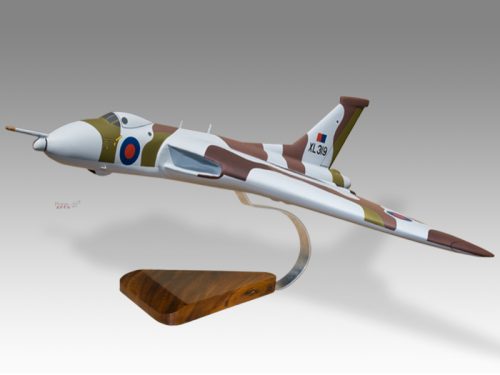
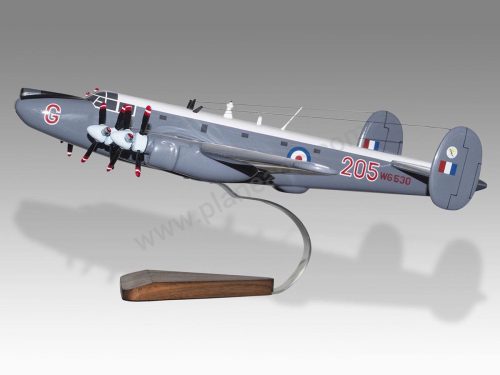

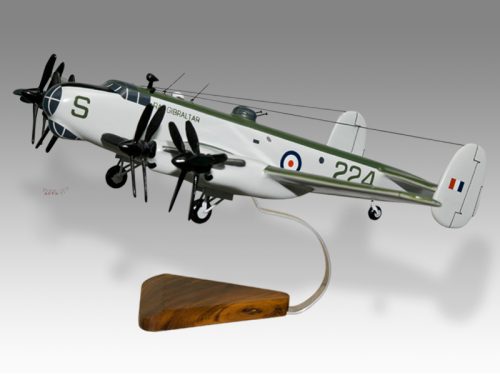
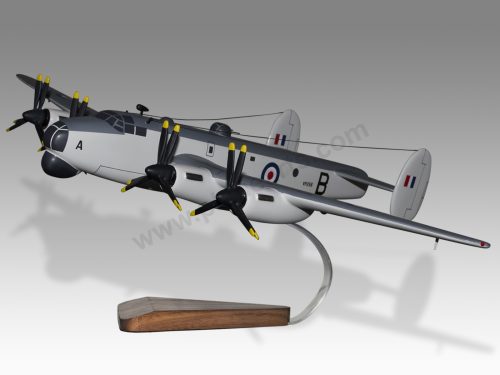
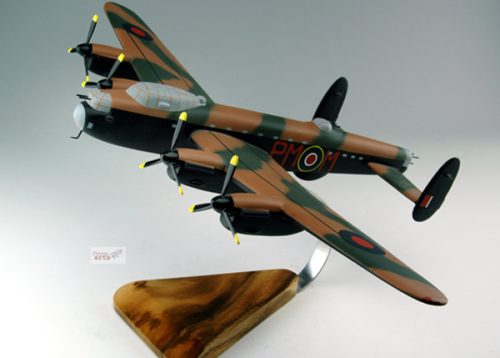
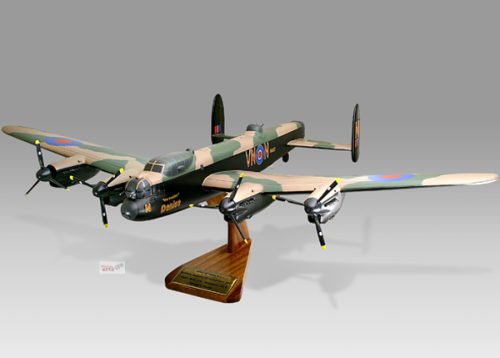
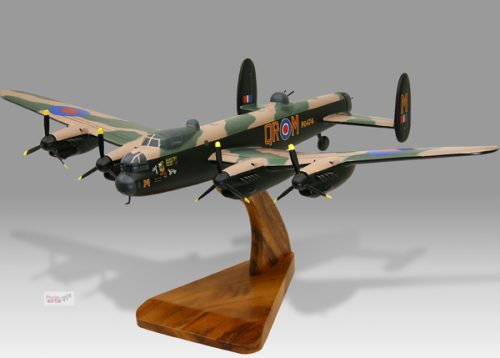


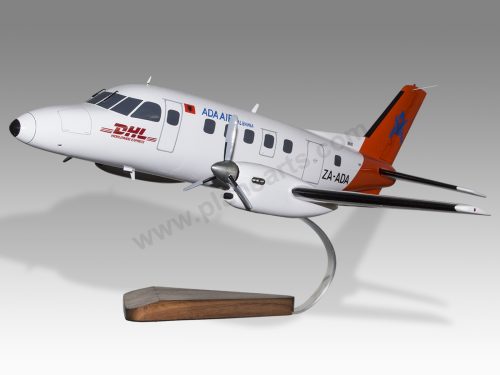

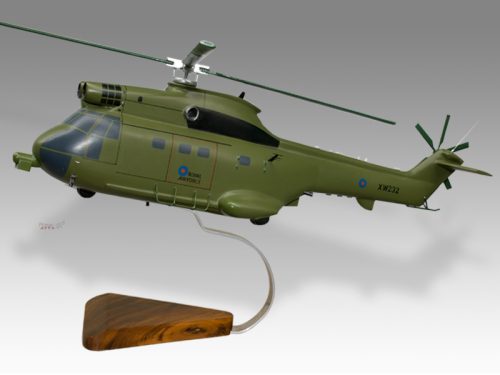

Reviews
There are no reviews yet.